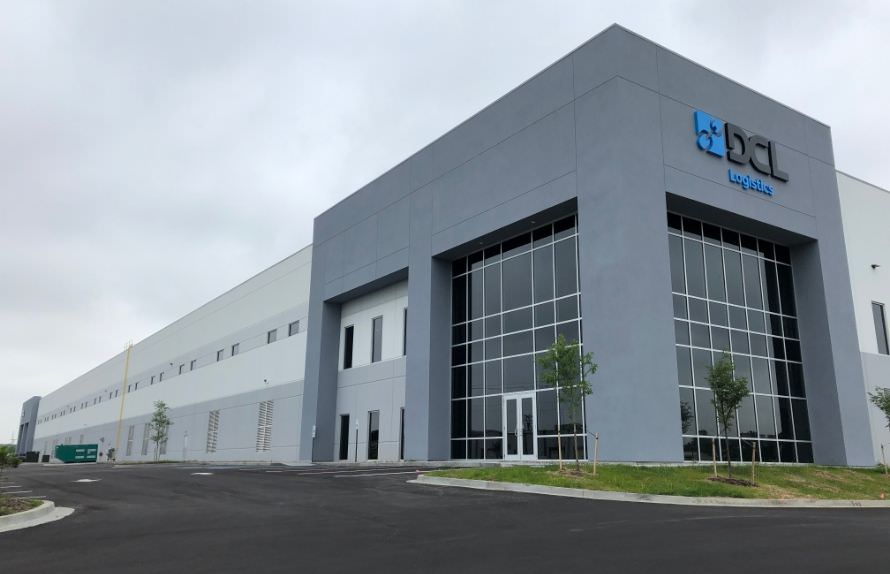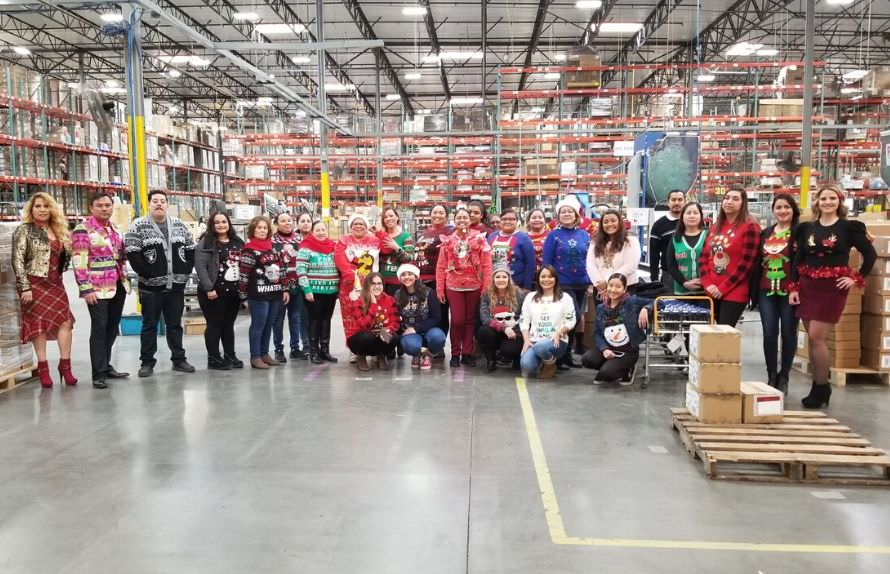
Efficient Advanced Shipping Notification (ASN) practices are essential for ecommerce brands to enhance supply chain management and streamline operations. By integrating the ASN process with ERP systems, brands can ensure real-time updates on upcoming deliveries and improve inventory management.
ASNs also provide critical order information, including the packing list and bill of lading, enabling better allocation of incoming inventory at the distribution center. Implementing these practices minimizes manual data entry and improves order validation.

What is an ASN and What are its Core Functions?
An Advanced Shipping Notification (ASN) is a critical document in ecommerce logistics that informs businesses and customers about the impending delivery of goods. Typically sent by the supplier, manufacturer, or fulfillment center, the ASN provides detailed information about the shipment before it arrives. This proactive communication improves supply chain visibility and ensures smooth operations.
The core functions of an ASN include:
- Shipment Tracking: It details the shipment’s contents, quantity, weight, dimensions, and packaging. This allows businesses to prepare for their receipt and manage inventory effectively.
- Delivery Scheduling: ASNs specify estimated delivery times, enabling businesses to plan warehouse operations or staffing and customers to arrange for receipt of goods.
- Order Accuracy Verification: By comparing the ASN with purchase orders, businesses can ensure the shipment aligns with the order, minimizing discrepancies and returns.
- Transparency and Communication: It fosters trust by keeping all parties informed, reducing uncertainty in delivery timelines and shipment status.
- Compliance and Documentation: ASNs often include regulatory or customs-related details, streamlining international shipments.
In essence, an ASN bridges the gap between dispatch and delivery, ensuring seamless communication and operational efficiency for ecommerce businesses.
The Role of EDI (Electronic Data Interchange) and ASNs
Electronic Data Interchange (EDI) is a standardized digital communication method that enables seamless information exchange between businesses. In the context of Advanced Shipping Notifications (ASNs), EDI plays a pivotal role in automating and streamlining the delivery process.
With EDI, suppliers or fulfillment centers can electronically transmit ASNs in a structured format to retailers or customers. This ensures real-time communication and eliminates manual data entry, reducing errors and improving efficiency. EDI allows for detailed, accurate information sharing, such as shipment contents, quantities, carrier details, estimated delivery time, and tracking numbers. Retailers can use this data to synchronize inventory systems, schedule labor, and prepare for shipment arrivals.
EDI integration enhances visibility and transparency across the supply chain, enabling businesses to monitor shipments proactively. It also supports compliance with industry standards and regulations, especially in sectors like retail, healthcare, and logistics. By automating these processes, businesses save time, reduce costs, and build stronger trading partner relationships.
What are EDI Documents? What is EDI 856?
EDI documents are standardized formats used for electronic communication between businesses. Common EDI documents include:
- EDI 850: Purchase Order (PO)
- EDI 810: Invoice
- EDI 856: Advanced Shipping Notification (ASN)
- EDI 940: Warehouse Shipping Order
- EDI 945: Warehouse Shipping Advice
- EDI 997: Functional Acknowledgment
For ASNs, the most relevant document is EDI 856, which communicates detailed shipment information, including contents, quantities, packaging, and delivery details. Other supporting documents like EDI 850 (Purchase Order) and EDI 940 (Warehouse Shipping Order) may also be required to align shipment details with the order and warehouse processes.
EDI 856, also known as the Ship Notice/Manifest, is a specific transaction set in the EDI system used to communicate ASNs. It provides detailed shipping information, including item descriptions, quantities, packaging, and delivery specifics, ensuring precise and efficient logistics management.
What Should be Included in an Advanced Shipping Notice?
There are detailed information that needs to be in your ASN to ensure transparency and efficiency in the shipping and receiving process.
The key elements of an ASN include:
- Shipment Information: Includes shipment reference number, shipping date, estimated delivery date, and carrier information (e.g., tracking number).
- Sender and Receiver Details: Supplier/shipper and buyer/receiver names, addresses, and contact information.
- Order Details: Purchase order number(s) and related order references.
- Item Details: Physical characteristics and description, SKUs (Stock Keeping Units), quantities, unit measurements, and product codes or barcodes (e.g., UPC, GTIN).
- Packaging Information: Number of packages, packaging type (e.g., pallet, box), dimensions, and weight.
- Handling Instructions: Any special requirements for storage or transport.
- Compliance Information: Customs or regulatory details for international shipments.
Bottom Line
To optimize Advanced Shipping Notifications (ASNs), businesses should follow key best practices. First, ensure accurate and detailed information, including shipment contents, quantities, tracking numbers, and delivery schedules, to avoid discrepancies. Use standardized formats in the ASN process, like EDI 856 for seamless communication between trading partners. Integrate ASNs with inventory and warehouse management systems to automate operations and reduce human error from manual data entry.
Send ASNs promptly after shipment to provide sufficient preparation time for recipients. Include barcodes or scannable labels to expedite receiving processes. Lastly, maintain open communication with trading partners to address potential issues, ensuring smooth supply chain operations and customer satisfaction.
If you’re looking for a 3PL with fulfillment centers in cities across the US, we own and operate facilities in The Bay Area, Los Angeles,Kentucky, and theEast Coast.
Be sure to review the list of services we offer, includingecommerce fulfillment,retail fulfillment,Amazon fulfillment services,reverse logistics,transportation management, andkitting & assembly.

This post was written by Maureen Walsh, Marketing Manager at DCL Logistics. A writer and blogging specialist for over 15 years, she helps create quality resources for ecommerce brands looking to optimize their business.
Tags: B2B, Retail Fulfillment









